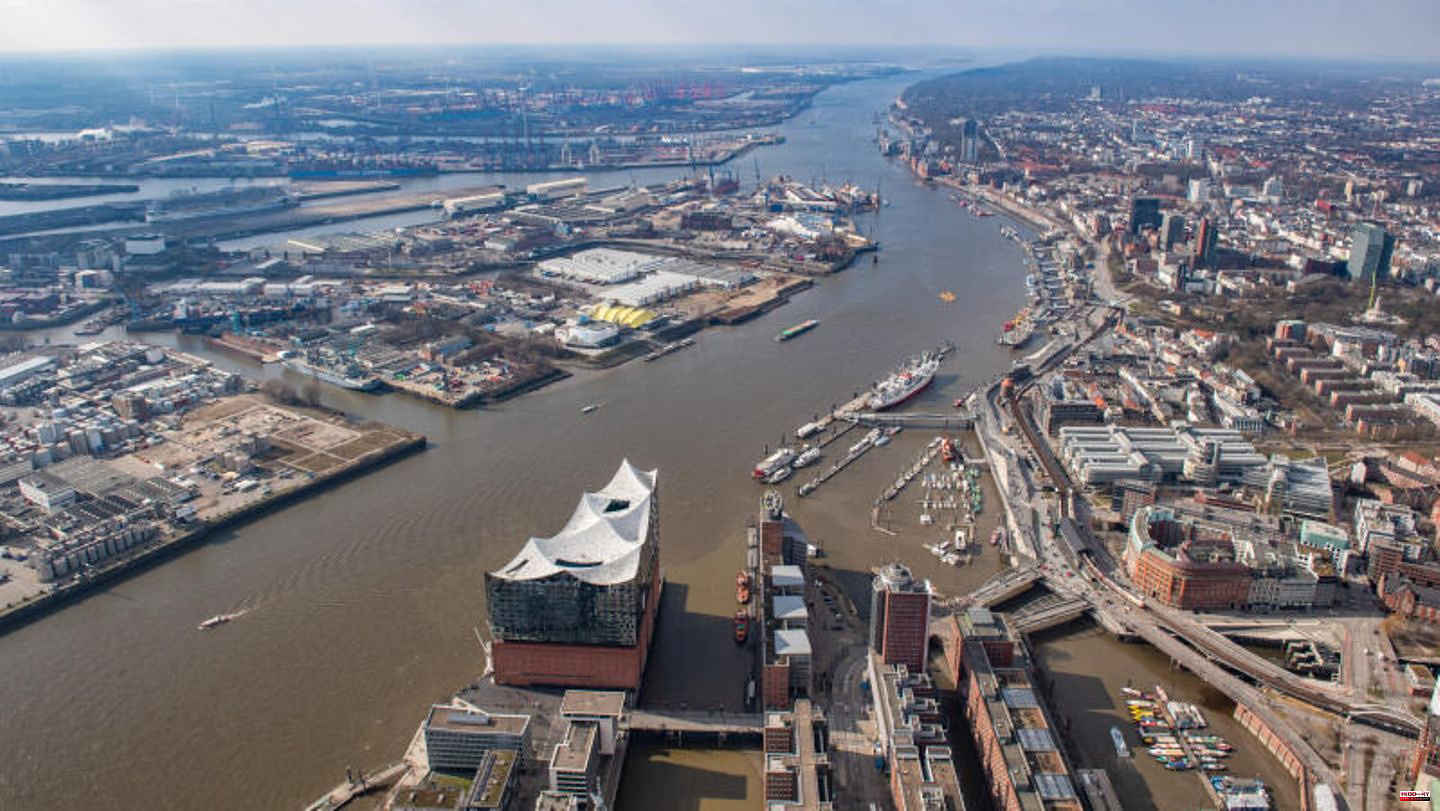There have been problems with the oxygen in the Elbe in Hamburg for weeks - and the situation remains tense in some places. The situation is not satisfactory, but at least the threatening values of an oxygen concentration of less than 4 milligrams per liter are only present in a few places, said Karl-Heinz Meyer, management of the Hamburg Anglers' Association, at the request of the German Press Agency.
The low oxygen levels in June had triggered a mass die-off among fish in the Elbe. Meyer emphasized that this problem no longer exists. "The anglers are back and are catching properly."
A spokesman for the environmental authority reported that the oxygen valley had retreated to the port area. "Overall, the situation in the Hamburg area seems to be easing." The German Nature Conservation Union sees things differently in the Hanseatic city. The extreme situation from June is over, said Nabu's water protection officer, Eike Schilling. "But the situation is far from good." In many places there is still "permanent stress for the animals". Meyer from the anglers' association emphasized that it could quickly deteriorate again if it was warm for a few days in a row. "It's still very vulnerable."
At the point Seemannshöft in the port, the oxygen concentration was 3.76 milligrams per liter, according to the anglers' association. At the Bunthaus measuring point, where it was extremely scarce at times, it is now back to 8.76 milligrams per liter. According to the Nature Conservation Union, at least 6 milligrams per liter are necessary to ensure that the fish fauna is not adversely affected.
A certain lack of oxygen in summer is not unusual in the Elbe. The authority's explanation for this year's dramatic deterioration: According to the authority's findings, diatoms were "eaten up" by zooplankton near Schnackenburg (Lower Saxony) because the central Elbe had only little headwater at the time. It therefore flowed more slowly, more algae and rotifers grew, ciliates, crustaceans and the like could feed properly. During the breakdown of their excretions, more oxygen was consumed.
"As a result, only low-oxygen water got from the central Elbe to the tidal Elbe, with the result that the O2 concentrations at the Bunthaus measuring station even fell below those in Seemannshöft and Blankenese, which is very unusual," it said. According to Nabu, this is just an additional cause. The main problem remains the deepening of the Elbe, which has made the situation worse.












